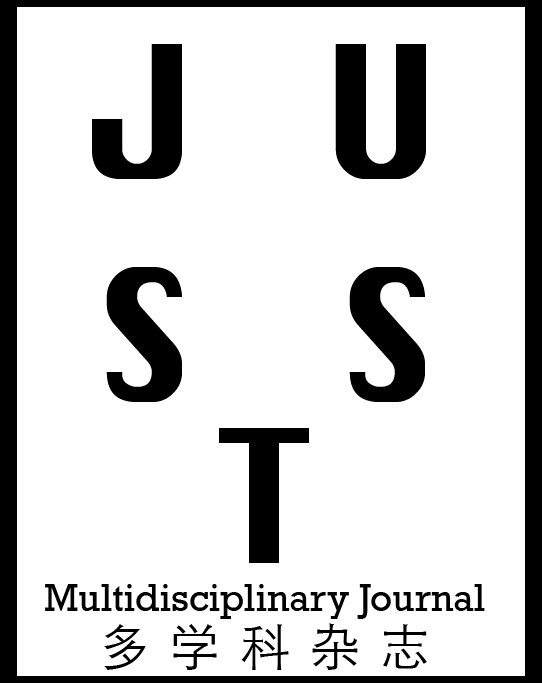The severe acute respiratory syndrome coronavirus disease (COVID-19) pandemic brings a global emergency affecting all civilizations. After the initial spread from Wuhan City atypical form of pneumonia to other areas of the world led the world health organization to look after it as a pandemic situation. The clinical coronavirus now spread all over the globe and brutally affected almost all countries including community transmission. The current capital of coronavirus cases in the US, trailed by India and Brazil, respectively. The most common symptoms were mild to moderate respiratory discomfort. Lung was the main targeting organ for COVID-19 infection resulting in severe pneumonia. Furthermore, severe acute respiratory distress syndrome (ARDS), acute cardiac injury, along with pathological features such as RNAaemia with shared ground-glass opacities that may be a cause for death in patients. The surface glycoproteins may be responsible for this garnishing of the virus belonging to the Coronaviridae family. Vaccines work to enhance the immune system of the body by training and making it ready to fight a specific pathogenic agent. At present there over 50 COVID-19 vaccine candidates are in trials, some of which are now ready to deliver via emergency use authorization (EUA). The vast majority of viral vaccines currently licensed for humans can be categorized as inactivated or live-attenuated viruses and protein-based subunit vaccines. Hence, we hereby review the significance of certain genotypic vaccines that are currently subjected for development such as non-replicating viral vectors, mRNA vaccine, self-amplifying mRNA vaccine, DNA vaccine, whole-virus inactivated vaccine, and a subunit vaccine. The current review also explores the mode of pathogenesis and invasion of COVID-19 virus to host cell that would be well-comprised data for future studies in the concerned area of interest.
